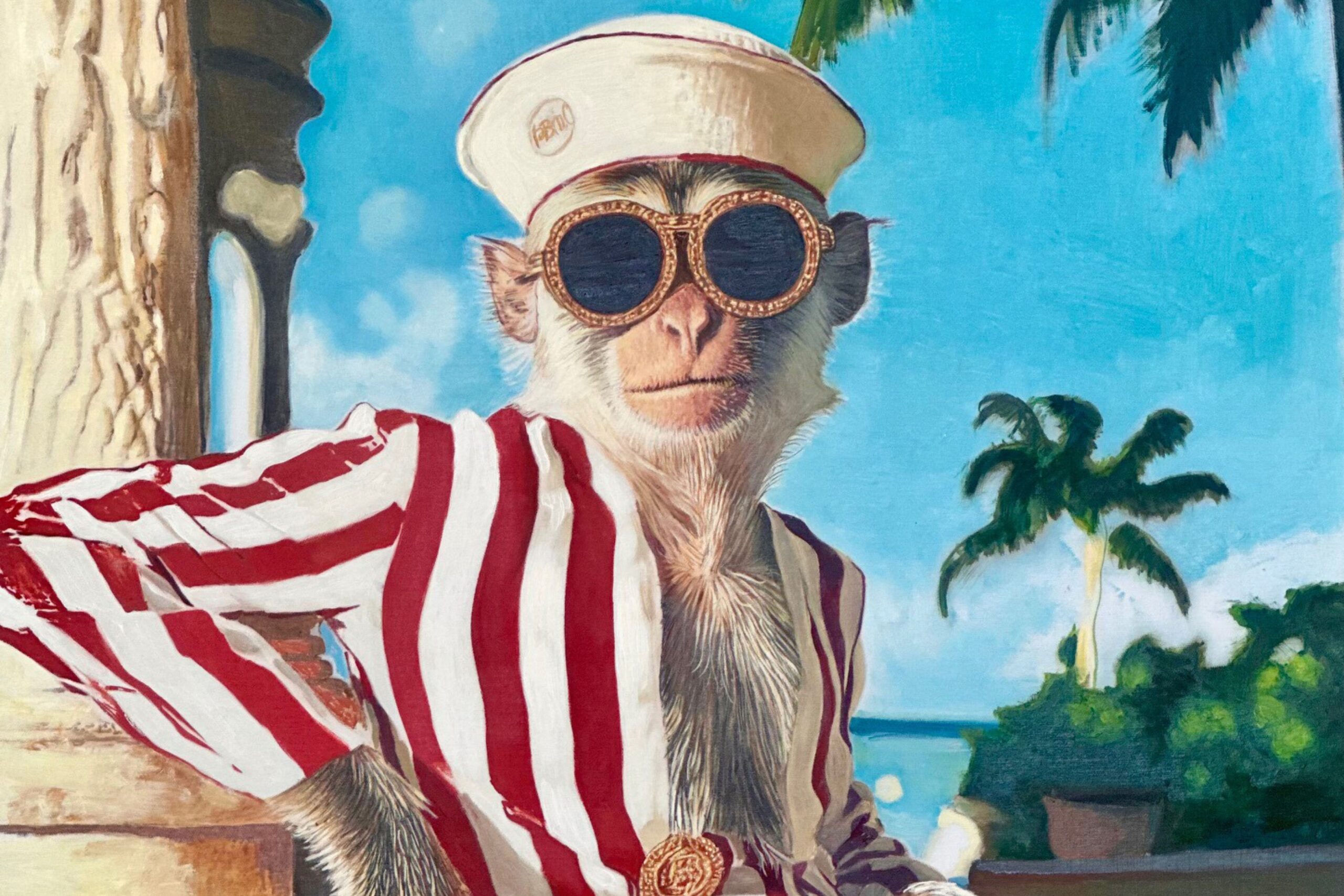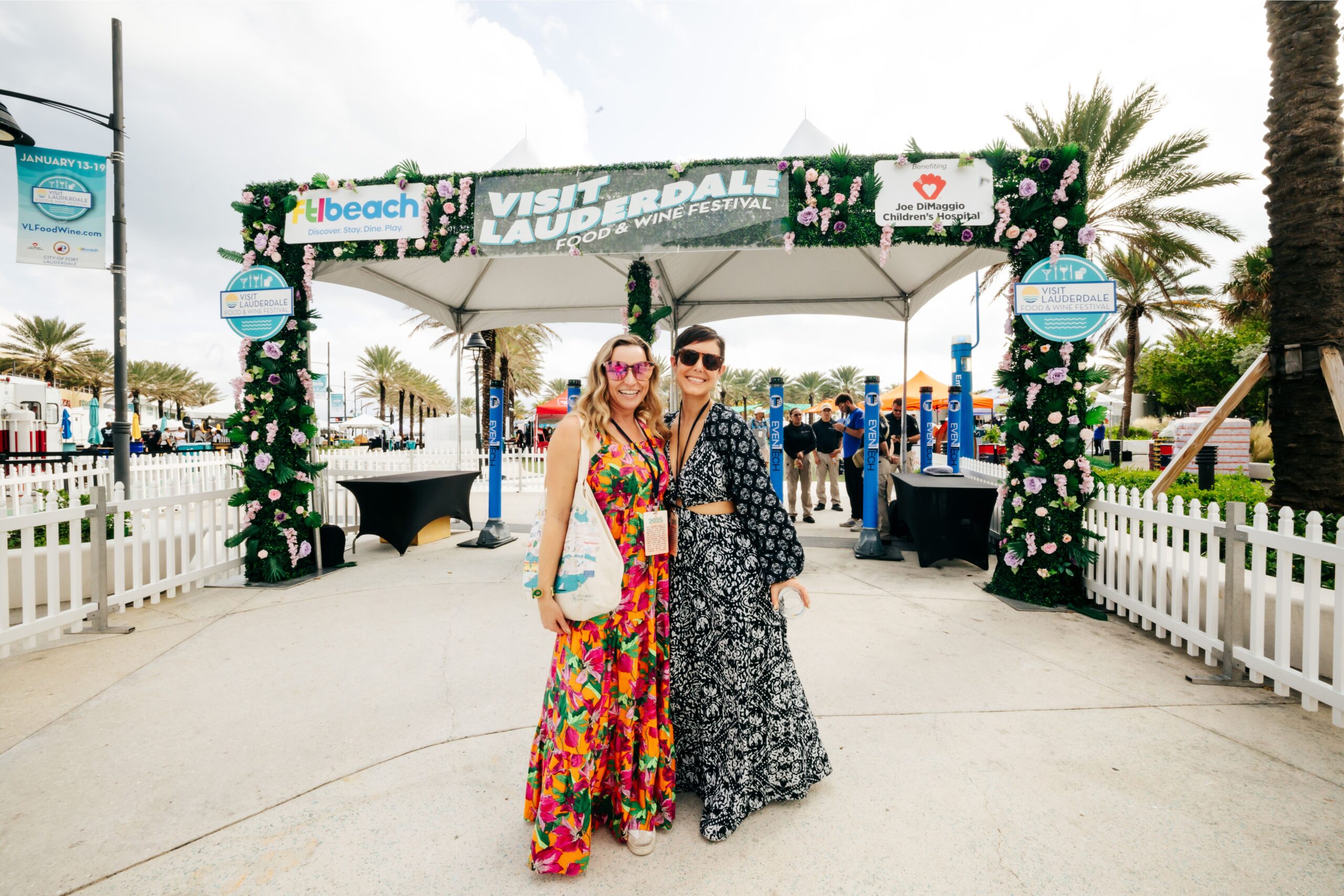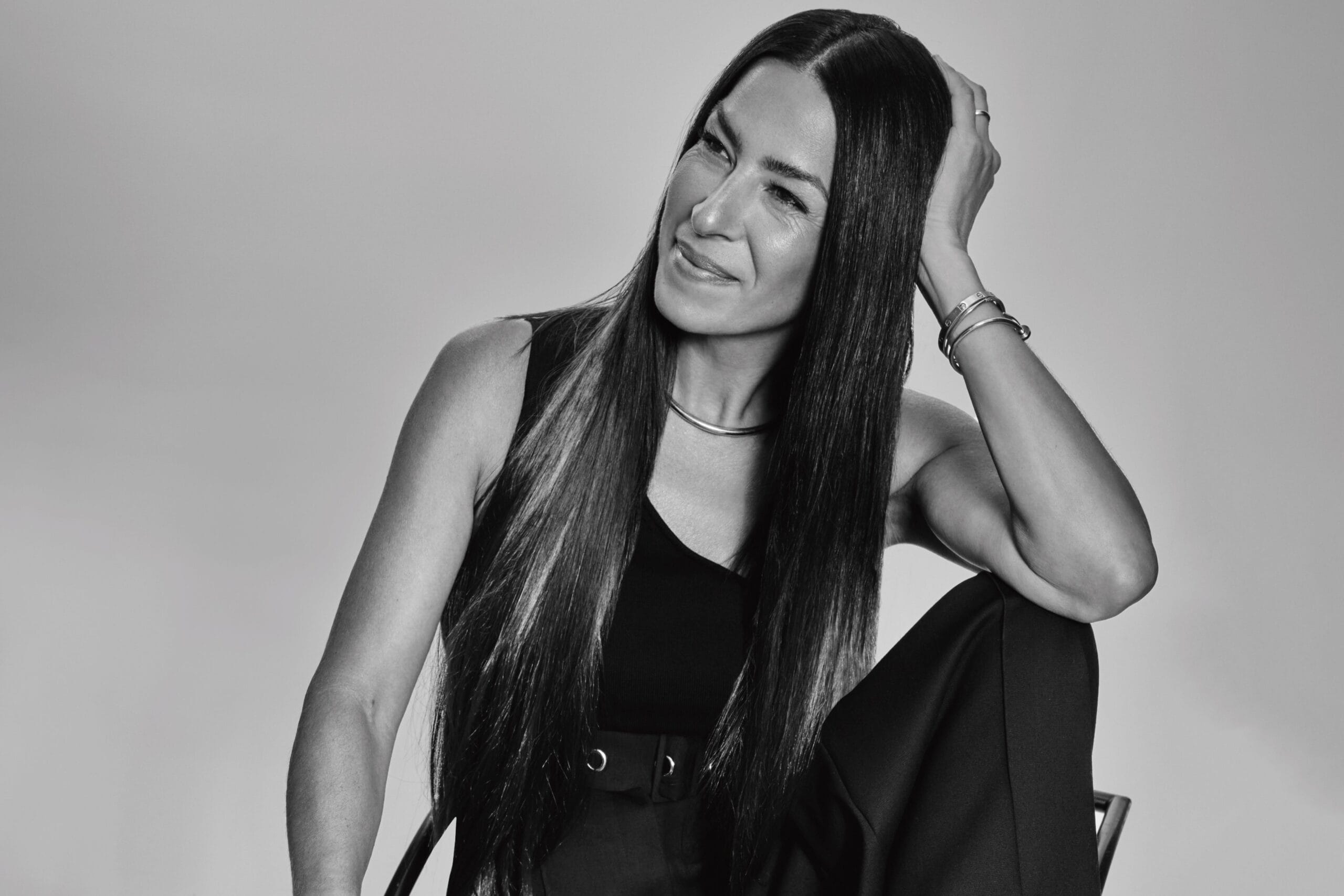
Without even looking at one of G. Richard Booth’s photographs, you get the picture. His descriptions are as vivid as the bursts of colors always present in his works.
He remembers the first photograph he took, when he was a student at the University of Maryland, as if it were yesterday. It was of a young girl. “She was about 4 or 5 years old, and she was at a nursery at the university; it was a place where they would take care of returning military veterans’ kids while they attended college classes,” he says. “I walked past her, and she was standing on her tiptoes behind a white picket fence. It was definitely a moment. I remember thinking, ‘I’m capturing an instant second of time that will never come back again. It will never be the same.’ And, I thought to myself, ‘I’m not sure what just happened here, but I know I’m going to be doing this for a long time.’”
Booth, who will feature his photographs at Coconut Creek’s ArtsFest this month, is passionate about his process. He’s old school—“I’ve been taking pictures for a long time,” he says—but while he is happy to recall the days when he would carry rolls and rolls of 12 exposure film, now “digital rules.”
His favorite go-to cameras now are professional Nikons—a D800, his choice for portraits, and a D3 for his action photos. The D3 was used for the jaw-dropping, freeze-frame photo called “Home Stretch,” taken at Gulfstream Park in Hallandale. “Racing is one of the most beautiful sports you can watch,” he says of the photo. “This photograph was taken at the fourth turn. The way I positioned myself, the horses were coming right at me, nostrils flaring, dirt flying all over. This is emotion.”
He remembers his first camera, too—a Mamiya Sekor TLR (twin lens reflex). That’s what he used for the picture of the girl on her tiptoes in front of the white fence. One of his classmates in college introduced him to the camera. That same year, his parents asked him what he wanted for Christmas. “I wanted a Mamiya Sekor and I got it,” he recalls, and life would never be the same. “I took every photography course they had at the university,” he says, noting that he still majored in journalism, but found that telling stories through photographs would become his calling.

After serving in the U.S. Navy for five years, he began working in Washington, D.C., as an editor for the National Automobile Dealers Association. Fed up with traffic jams that would “never end,” 25 years ago, he and his wife, Veronica, moved to Coconut Creek.
Emory Kristof, also a University of Maryland graduate, and renowned for his work with National Geographic magazine—“His office was a few blocks from mine on K Street in Washington, D.C.,” Booth says—offered words of wisdom that Booth says shaped the way he looked at photography.
“He said to me, ‘Anyone with the right skill set or software or camera can shoot pretty pictures, but what you want to do is capture a picture that tells a story,’ ” Booth says. “ ‘If you can do that and have it be attractive, too, then you have a winner, but the main thing is to tell a story.’ That’s advice I have never forgotten.”
Throughout his career, Booth has used that advice in his own business. For 25 years, he’s run Boca Publishing, providing publishing services for local organizations and, at times, providing the photography for these publications as well.
Booth has archives and archives of photographs, but does he have one favorite? “I haven’t taken that one yet,” he says. But there are some memorable gems, many of them from his trips abroad with his wife to Scotland. There was the time they were on the Isle of Lewis in the Outer Hebrides of Scotland and visited a cross-shaped setting of stones that predate England’s famous Stonehenge monument, called the Callanish Stones.
 “You can walk up to them and put your hands on them and it makes the hair on the back of your neck stand up,” he says. To get his perfect picture, he says, “I waited for a long time with my camera until there weren’t any people around.” Although satisfied, he has another vision of the stones. “I want to go back the next opportunity to get some sunset shots,” he says.
“You can walk up to them and put your hands on them and it makes the hair on the back of your neck stand up,” he says. To get his perfect picture, he says, “I waited for a long time with my camera until there weren’t any people around.” Although satisfied, he has another vision of the stones. “I want to go back the next opportunity to get some sunset shots,” he says.
Another photo taken on Scotland’s Western Isles was of an abandoned cottage [seen on the cover of this issue]. The grass is green, and the sky and water are assorted colors of deep blue. Then there is the cottage—gray stone with a blue roof that almost matches the other deep hues. Booth explains the process of getting that picture. “Throughout the Highlands, you see these crofters’ cottage. At these high latitudes during summer, twilight begins at 10 p.m. and lasts until after midnight.” Recalling the night in late July 2014, Booth says he took the photograph at about 11 p.m. “I had plenty of light. Here in the States, sunsets last 20 minutes. Bang, and the sunset is gone. But there, it’s a couple of hours, and you can get a lot of drama in a photo like that.”
He’s not one to just “point and shoot,” and doesn’t mind admitting to working on a photo after he’s captured the image to create something magical by enhancing his images with computer software, creating composites and adding oil painting effects. Adobe Photoshop is as important to him as having the right camera.
“I hear this argument in this business on both sides. Some say, ‘I wouldn’t dare use software, I’m a purist.’ But, as good as cameras are, they can capture the scene, but to bring everything into play, you need to blend images, you must bring the shadows out, bring highlights down, get the details,” Booth says. “You can’t just go out and hope you get lucky.”
Booth loves to experiment. His images are placed on canvas, acrylic or metal. They are made into triptychs, and presented in various sizes—some up to 4 feet wide by 5 feet tall.
To him, the beauty of photography is that it is an “ongoing process.” He’s always looking for a different landscape, a way to enhance a portrait, or discover another way to use digital technology. “It’s never-ending,” he says. “There will always be something new to discover.”
ArtsFest Returns
Coconut Creek’s day of family fun and art returns with an Italian theme featuring opera singers and Italian-Mediterranean cuisine. Artists from Coconut Creek and around South Florida display their artwork while families enjoy arts and crafts, entertainment and live music, food trucks and more.
The free event supports the Coconut Creek Multicultural Circle, a nonprofit organization founded by Commissioner Mikkie Belvedere in 2009 to unite the community by celebrating its diverse cultures and customs. The organization will sell raffle tickets at ArtsFest to raise funds for scholarships for local students and organizations such as the Coconut Creek Police Explorers.
Where: Coconut Creek Community Center, 1100 Lyons Road
When: Sept. 29, 11 a.m.-4 p.m.
Info: coconutcreek.net; 954.545.6631















